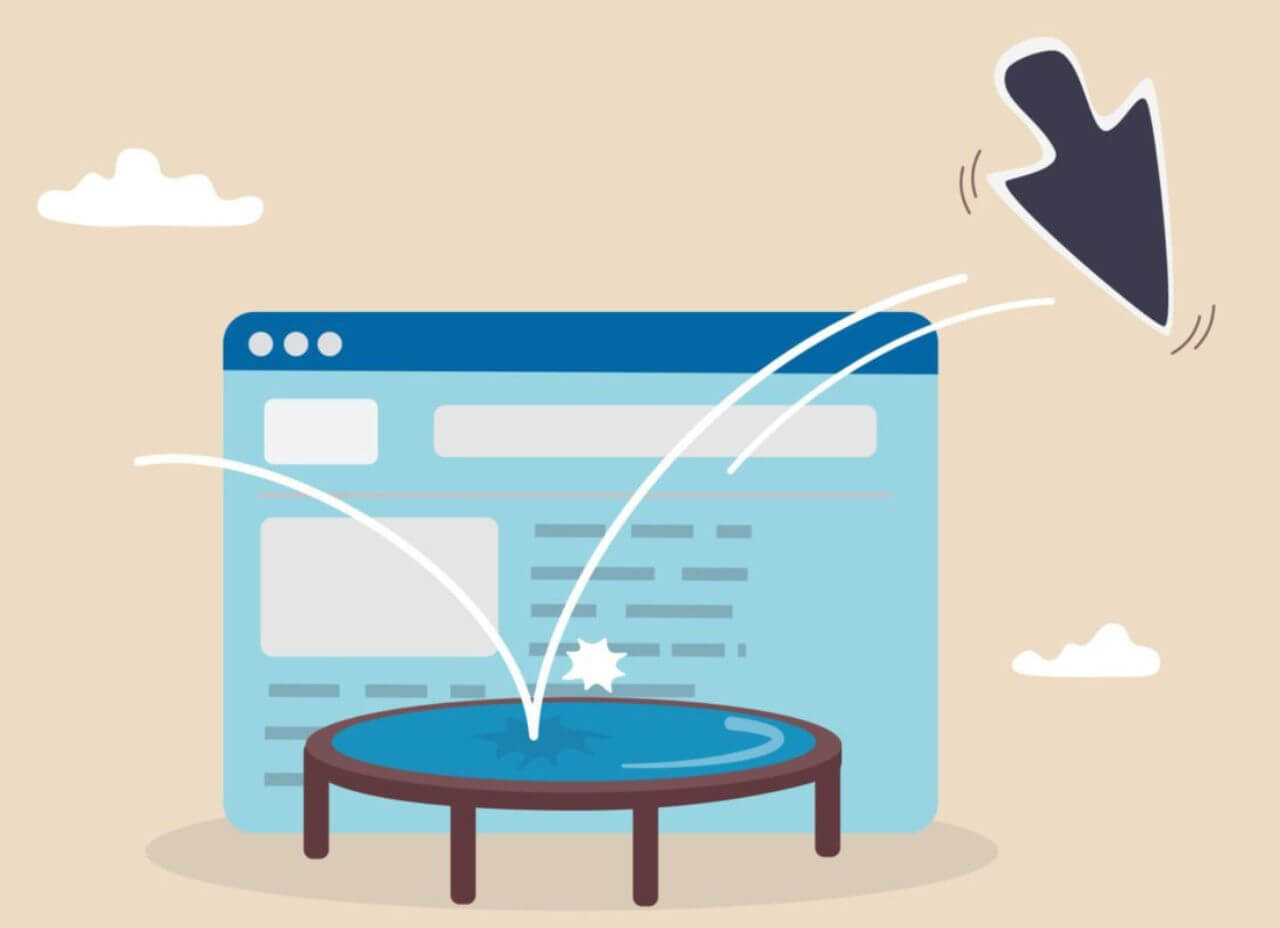If you’ve had a chance to read the site’s latest articles on SEO and e-commerce in general, you may have noticed a recurrence of the concept of “user experience” and its impact on the SEO of an e-commerce store.
This is no coincidence, since for some time now this notion has been becoming THE number 1 factor in effective search engine optimization.
So let’s take a look at why this is so important, and how to improve the user experience for SEO. 
User experience, or how to stand out in an abundance of content
It’s obvious when you think about it: a well-structured, fast-moving website offering valuable content has every chance of standing out from the crowd and generating more traffic than less qualitative competitors.
But instead of sorting content naturally, sometimes over a long period of time, search engines are increasingly tending to automatically highlight such content.
The new signal for quality content
As a company, Google naturally seeks to offer quality products and services to its customers, the Internet users.
As such, the search engine is keen to present content that is as relevant as possible to the queries entered by its users, so as not to waste their time with mediocre or off-topic content.
One of the ways in which Google values user experience is through the “EEAT” scale, which stands for Experience, Expertise, Authoritativeness & Trustworthiness (formerly EAT, but recently enriched with the concept of “experience” ).
The purpose of this scale is to check whether a site, whether e-commerce or not, presents offers and content that are sufficiently relevant, regular and trustworthy to be seen as a serious player in a given market.
These elements, combined with clear, ergonomic navigation, make up the essence of a good user experience as recognized by Google.
Elements of a good user experience according to Google
In addition to elements that may seem a little abstract, such as authority on a given subject, search engines also use much more down-to-earth signals to determine whether or not a site offers a good user experience.
We’re talking here about the loading speed of site elements, a logical and clear tree structure (the organizational structure of a website), links that work and link to quality content, the percentage of visitor engagement, customer reviews, mobile accessibility, etc. We can see that all these elements don’t relate to the traditional image of SEO, which is more concerned with the consistency of keywords, meta tags, URLs, etc., but rather with the quality of the site’s content.
How to improve user experience for top SEO?
Let’s take a look at how you can implement a strategy to optimize some of the elements mentioned above, in order to improve your user experience for SEO purposes.
Reduce bounce rate and increase engagement

As a reminder, the bounce rate corresponds to the number of unique visitors who leave the website without having interacted with it (without having visited more than one page or made an engagement). The lower this rate is, and the closer it is to zero, the better it is for the site, as this means that it is particularly engaging.
A low bounce rate and a high conversion rate are therefore symptomatic of a user experience and customer journey that’s engaging, fast and clear.
This means short loading speeds (light images, no unnecessary URL referrals, non-invasive design elements…) but also pages whose content is straight to the point (you don’t want to drown visitors in redundant text and excessive visuals).
Using “sales tunnel” techniques to encourage the visitor to see more is also a good way of reducing the bounce rate, but be careful not to lose sight of the main objective, which is to convert!
Of course, “traditional” SEO based on well-chosen keywords, meta-descriptions and URLs remains essential to hit the nail on the head in terms of visitors’ queries, in order to offer them content and/or offers that really interest them.
Propose “authoritative” content
Authoritative content refers to the EEAT scale already mentioned, but goes for its essence, which is “topical authority” (or expert status on a given subject).
This status, so coveted by content creators and e-merchants alike, ensures a high level of trust among visitors to the site possessing it.
This is achieved through high value-added content and offers: factual, well-sourced articles, original products and services with a high level of social proof (customer reviews, etc.), external links and recommendations to industry references (major companies, public bodies, etc.) and so on.
The aim here is to make your site look as serious, transparent and information-packed as possible, so that Google’s algorithm can consider it as having “topical authority”; this will ensure an excellent user experience as well as confident, qualified leads.
User experience, a must for quality SEO… but not at the expense of the rest!
Of all the SEO criteria currently impacting websites and e-commerce stores, user experience clearly seems to be number 1.
This seems logical when you consider that Google, in an increasingly dense landscape of information and content, seeks to give its users an ever-better browsing experience.
However, it’s important to integrate the optimization of user experience criteria into a more global SEO strategy, by taking care with the choice of keywords, tags, meta-descriptions and blog content as part of your SEO strategy.
A stroke of luck, because these two aspects complement each other very well: good traditional SEO guides the right prospects to the right content, and a meticulous user experience does the rest, right through to conversion!
I’ve been an e-commerce and SEO expert for 15 years, and I can help you create an impeccable user experience for your e-commerce site, not only to improve your SEO but also your conversions.
Please don’t hesitate to contact me to discuss your requirements.


